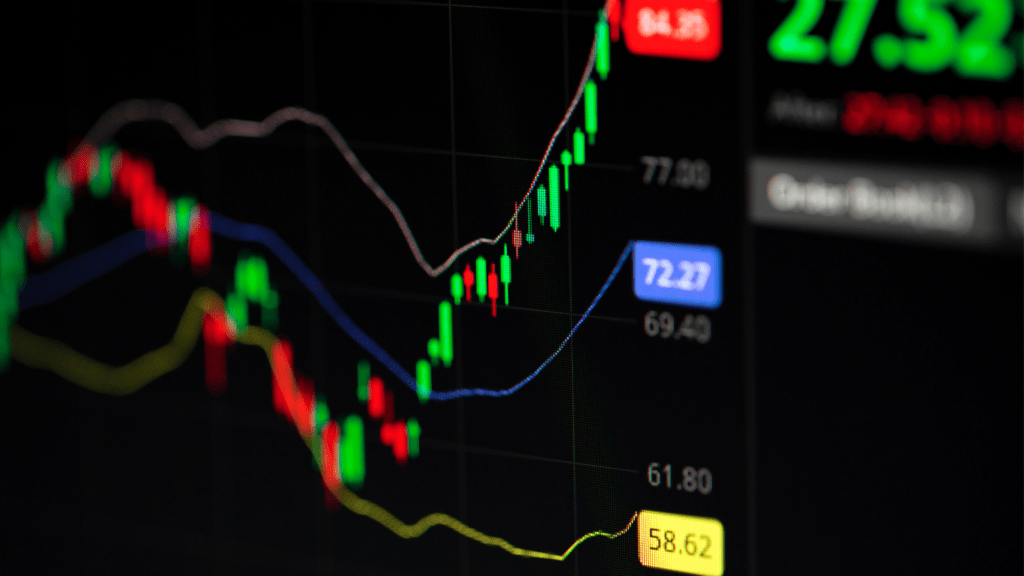Key Economic Drivers Taking Shape
The global economy in 2026 is being pulled in new directions as governments and industries recalibrate from the inflation spikes of 2024. Central banks in the U.S., Europe, and Asia have dialed back aggressive interest rate hikes, favoring more flexible policies aimed at encouraging stable, manageable growth. While inflation hasn’t disappeared entirely, most economies are shifting from reaction to adaptation.
Meanwhile, the supply chain drama of the early 2020s is giving way to regional manufacturing revival. Countries are investing in domestic production capacity not just to boost resilience, but to reduce dependence on single source imports. This isn’t full blown reshoring, but rather smart regionalization: think chip fabrication in Southeast Asia, EV battery plants in the U.S. Midwest, and textile automation hubs in Eastern Europe.
On the labor front, remote and hybrid work have passed the point of debate. They’re now baked into the employment framework, especially in knowledge based sectors. What’s shifting isn’t whether people work from home but how companies redesign talent strategy around it. There’s uptick in cross border hiring, new workforce tech platforms, and a leaner approach to corporate real estate.
The net effect: macroeconomic stability is being built on decentralization, digitization, and a better balance between global reach and local control.
Sector Momentum to Watch
Clean tech is having more than a moment it’s entering a new investment era. Governments are putting serious money behind green infrastructure, EV incentives, and renewable energy grids. But private capital is right there with them. VCs and corporate funds are backing startups zeroed in on battery systems, carbon capture, and smart energy platforms. The message is clear: clean tech isn’t speculative anymore it’s foundational.
Meanwhile, AI is moving fast from theoretical to indispensable. In finance, machine learning is driving fraud detection, dynamic pricing, and customer insights. Logistics is getting smarter with AI handling real time route optimization and warehouse automation. Healthcare? AI is streamlining diagnostics and patient triage, helping professionals cut time and costs without losing precision. The adoption curve is no longer steep it’s flattening in favor of scalable, practical use.
Real estate, however, is hitting a different beat. After a decade of aggressive price growth, many regional markets are cooling especially in overheated metros. Demand is holding steady in suburban zones and second tier cities, driven by remote or hybrid work preferences. Buyers are looking for space, reliability, and relative affordability. Investors and analysts alike are watching this correction carefully it’s not a crash, but it is a reshuffle.
Consumer Behavior Signals

Spending habits are shifting fast. People aren’t just buying stuff anymore; they’re putting their money into things that bring real value. That means practical purchases, yes, but also memorable experiences. Travel, subscription services, and even creative hobbies are pulling more attention than flashy one off products. If it doesn’t serve a purpose or provide a story, it’s likely getting passed over.
At the same time, the rise of ethical consumption isn’t a side note it’s the headline. Shoppers, especially younger demographics, are looking for brands that stand for something. ESG (environmental, social, and governance) values are shaping purchase decisions in a very real way. Transparency sells. Exploitation doesn’t.
And don’t overlook this last driver: Gen Z and Millennials are shaping demand through TikTok, Instagram, YouTube basically wherever their communities gather online. Algorithms may amplify trends, but it’s peer driven credibility that locks in loyalty. If your product or message isn’t surfacing in these feeds, you’re not in the game.
Market Volatility and Strategic Positioning
The markets in 2026 aren’t moving on headlines alone they’re reacting to deeper geopolitical undercurrents and regional fault lines. From trade realignments to global energy flashpoints, uncertainty is sticking around longer than it used to. That’s made investors more cautious, but not idle. Instead of chasing fast gains, more are leaning into long arcs playing the multi year horizon, not the quarterly sprint.
You’re also seeing a quiet comeback for balanced portfolios. Diversification isn’t just theory again it’s practice. As traditional hedges like bonds and commodities regain relevance, smart money is spreading risk across assets that can take a punch when volatility spikes. The thinking is simple: build to last, not just to ride the next wave.
For a fuller picture on these shifts and how they play out week to week, check out our weekly market wrap up.
What Smart Analysts Are Watching
Interest rate policy is once again dictating global capital flow in 2024 and analysts are watching central banks with precision. The U.S. Federal Reserve is holding a cautious line, balancing between inflation control and economic stability. Meanwhile, the European Central Bank has hinted at measured rate reductions, and Asia’s key players like the Bank of Japan and People’s Bank of China are maneuvering carefully through mixed economic signals. For investors, policy shifts mean opportunity, but also risk. Timing is everything.
On the regulatory front, digital currencies are gradually stepping out of gray zones. The EU’s MiCA framework is just the beginning. The U.S. is tightening its stance on crypto exchanges, and emerging markets are either embracing government backed tokenization or banning decentralized coins altogether. Regulation clarity may cool speculative heat, but it brings legitimacy and room for growth.
And then there’s corporate performance. As 2025 approaches, global earnings trends are under the microscope. Growth across tech, energy, and healthcare remains uneven but promising. Cost resets during the last downturn set some firms up for margin rebounds, while others remain overleveraged and exposed. M&A activity may heat up where valuations look ripe and interest rates allow.
For ongoing updates and deep analysis, revisit our weekly market wrap up to stay informed with expert insights.


 ____________
____________
